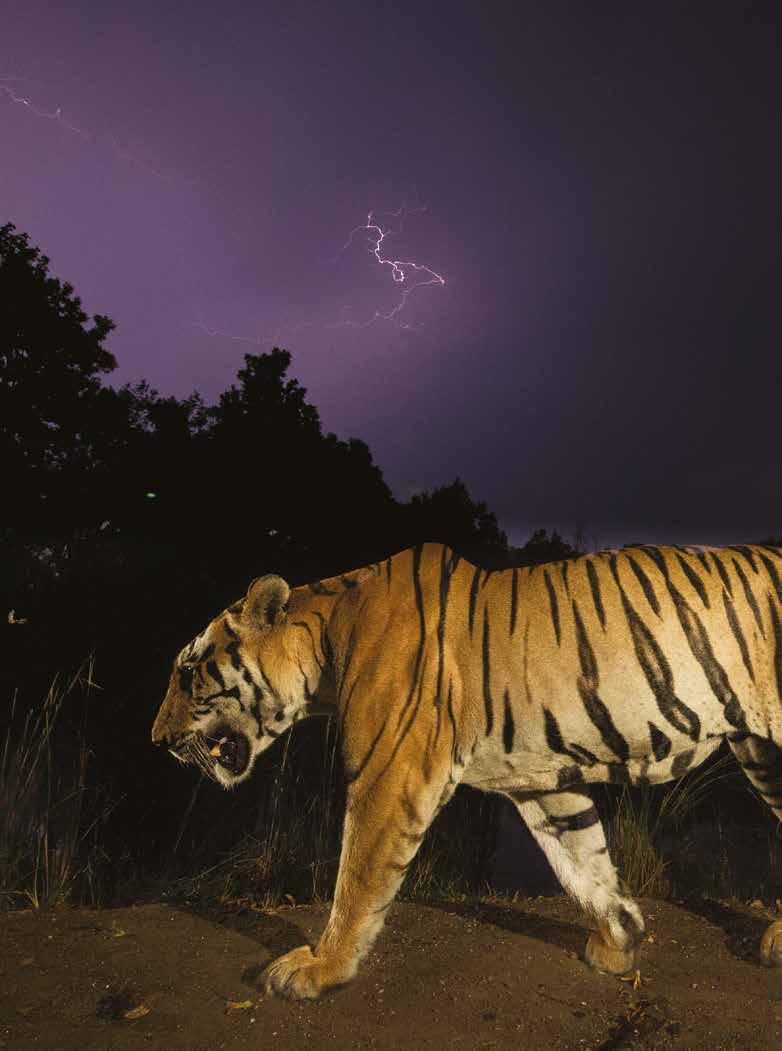
10 minute read
AVOIDING EXTINCTION
©Yashpal Rathore / WWF
From perhaps 100,000 at the beginning of the 20th century, wild tigers dropped to a low of 3,200 in 2010. Reduced to just a few remaining pockets of their historical range, the tiger is now a conservation-dependent species.
Advertisement
Interventions are needed to ensure tiger landscapes contain the necessary components for them to thrive, but given good quality habitat, sufficient prey, and adequate protection, tigers can increase their numbers relatively quickly.

Tiger walking at night in Kanha National Park, Central India
CA|TS: SETTING THE STANDARDS FOR TIGER CONSERVATION
The Conservation | Assured Tiger Standards (CA|TS) is a framework designed to measure and improve the management of tiger conservation areas. It also provides an opportunity for sites to showcase their commitment to, and success in, protecting tigers. What started as a small project is now a global partnership comprising tiger range governments, inter-governmental agencies, NGOs and conservation areas.
2020 was a record breaking year with 55 newly registered CA|TS sites, taking the total of registered sites to 125. In addition, 24 Parganas Forest Division, which is located in West Bengal in India, was officially approved as a CA|TS site in 2020. Tiger conservation areas taking part in the system are either registered or approved. Whether these areas meet the criteria is based on a process which starts with registering and carrying out a self-assessment. From there a national audit is conducted followed by an independent review, finally an international executive committee will review the site and if successful they'll be listed as a CA|TS approved site. The CA|TS partnership aims to have 150 tiger sites registered by 2022 which will protect ~90% of the global tiger population.
The innovative ‘Conservation Assured’ framework is also being developed to improve and monitor conservation standards for jaguars, lions, and freshwater dolphins.

125 SITES REGISTERED ACROSS 7 COUNTRIES
2013 2014 2015 2016 2017 2018 2019 2020
1 SITE 5 SITES 15 SITES 30 SITES 50 SITES 65 SITES 70 SITES 125 SITES
CA|TS APPROVED SITES
2015 CHITWAN NATIONAL PARK, NEPAL 2015 SIKOTE-ALIN NATURE RESERVE, RUSSIA 2017 LANDSDOWNE FOREST DIVISION, INDIA 2018 RAMNAGAR FOREST DIVISION, INDIA 2019 ROYAL MANAS NATIONAL PARK, BHUTAN 2019 JIGME SINGYE WANGCHUCK NATIONAL PARK, BHUTAN 2020 24 PARGANAS FOREST DIVISION, WEST BENGAL, INDIA
©Suyash Keshari / WWF-International Tiger at Bandhavgarh National Park, India
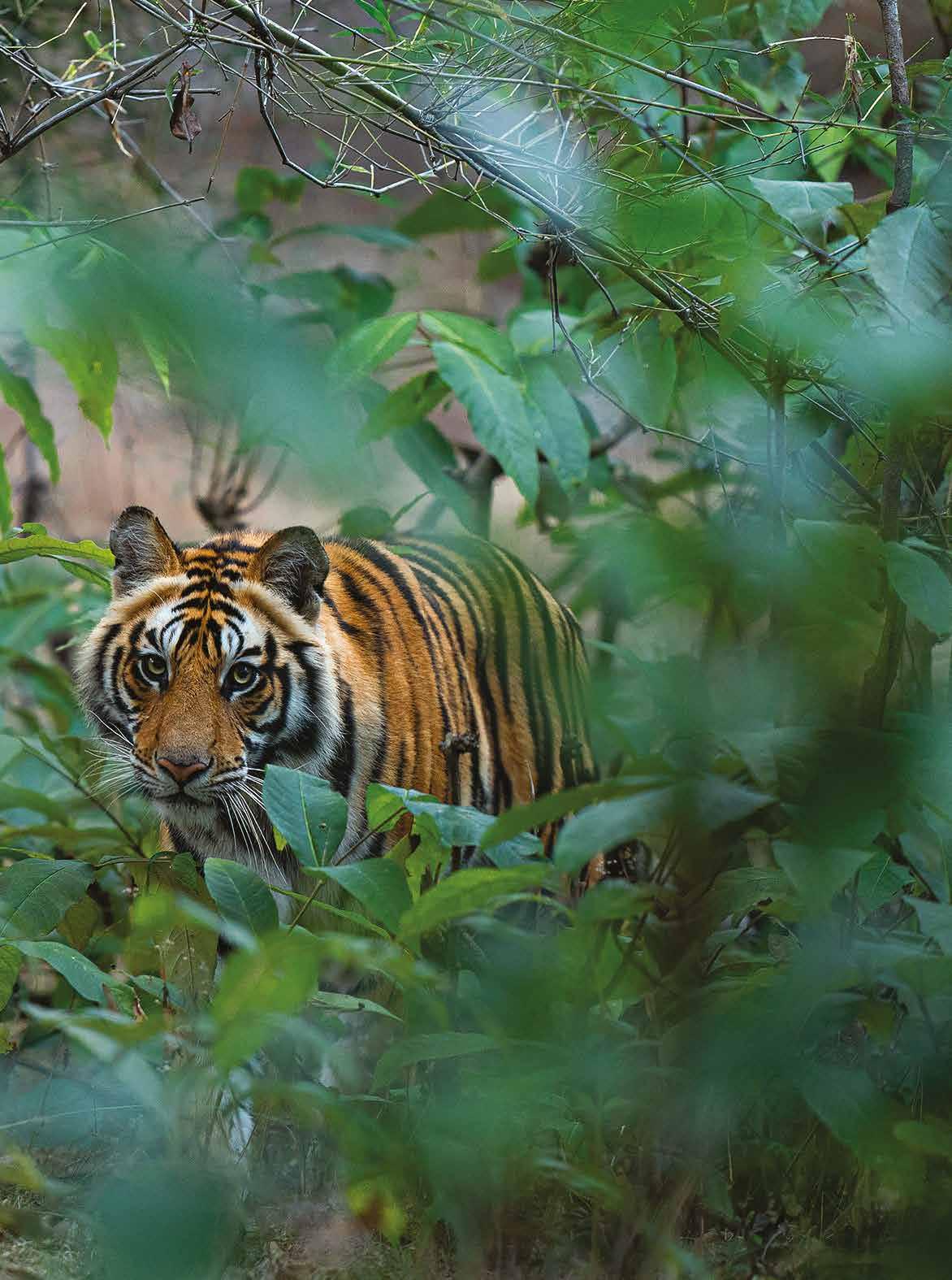
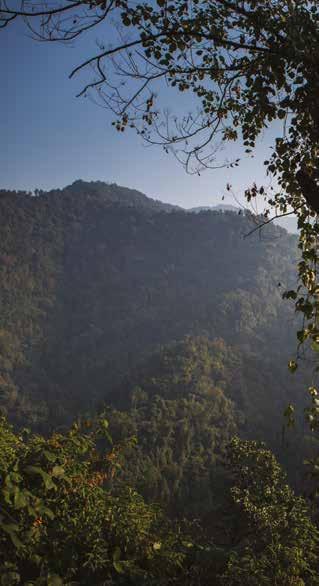
©NTCA / UPFD / WWF-India Tiger in Pilibhit Tiger Reserve, India
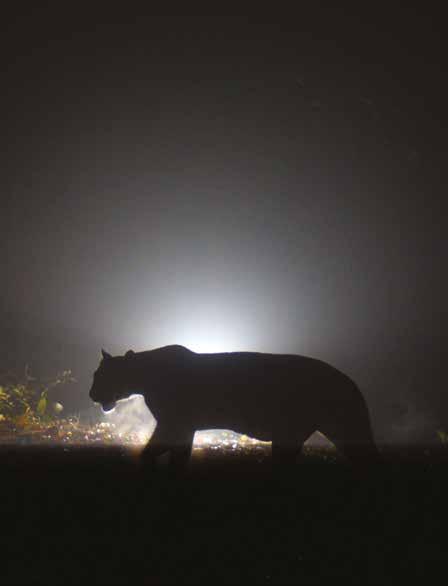
©Simon Rawles / WWF-UK
©Emmanuel Rondeau / WWF-US A watchtower used to spot wildlife in Bardia National Park, Nepal

Tiger in Pilibhit Tiger Reserve, India India is home to over 60% of the world’s tiger population and in 2020 the National Tiger Conservation Authority and the Government of India gave a major boost to tiger conservation in the country by announcing the adoption of CA|TS across all 50 of its Tiger Reserves. This is a significant step in tiger conservation and proves that the Indian government recognises the importance of the CA|TS tool for effective management of Protected Areas. Over the last three years the Indian government has also allocated additional funds to key registered and approved CA|TS sites outside of Tiger Reserves.

OVER 60%
of the world’s wild tiger population is in India
TIGER SITES PROTECTED ACROSS NEPAL
As of 2020 all five tiger bearing protected areas in Nepal are now CA|TS registered or approved. Nepal’s efforts in tiger conservation over the last decade have clearly had a positive impact as tiger numbers have bounced back in the country with their national population nearly doubling since 2010. Bardia National Park alone has increased almost five-fold, from 18 tigers in 2008 to 87 in 2018.
CA|TS-GREEN LIST PILOT LAUNCHED IN BHUTAN
IUCN Green List and CA|TS are the first global sustainability standards that are specifically designed for Protected and Conserved Areas. Linking Green List with CA|TS will bring further credibility, assurance and transparency to the management of the tiger conservation areas. The first site in discussion is Royal Manas National Park in Bhutan as it is a key tiger conservation area and a good example of transboundary conservation.
©Simon Rawles / WWF-UK Ranger removing snare in Royal Manas National Park, Bhutan
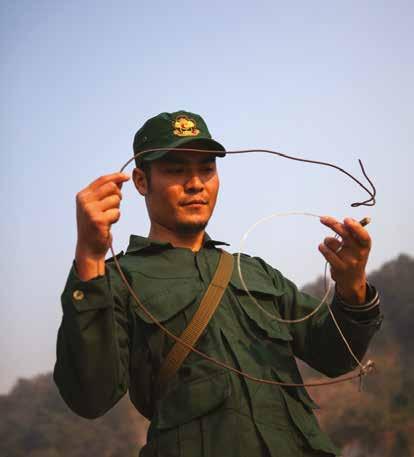
©Narayanan Iyer (Naresh) / WWF-International
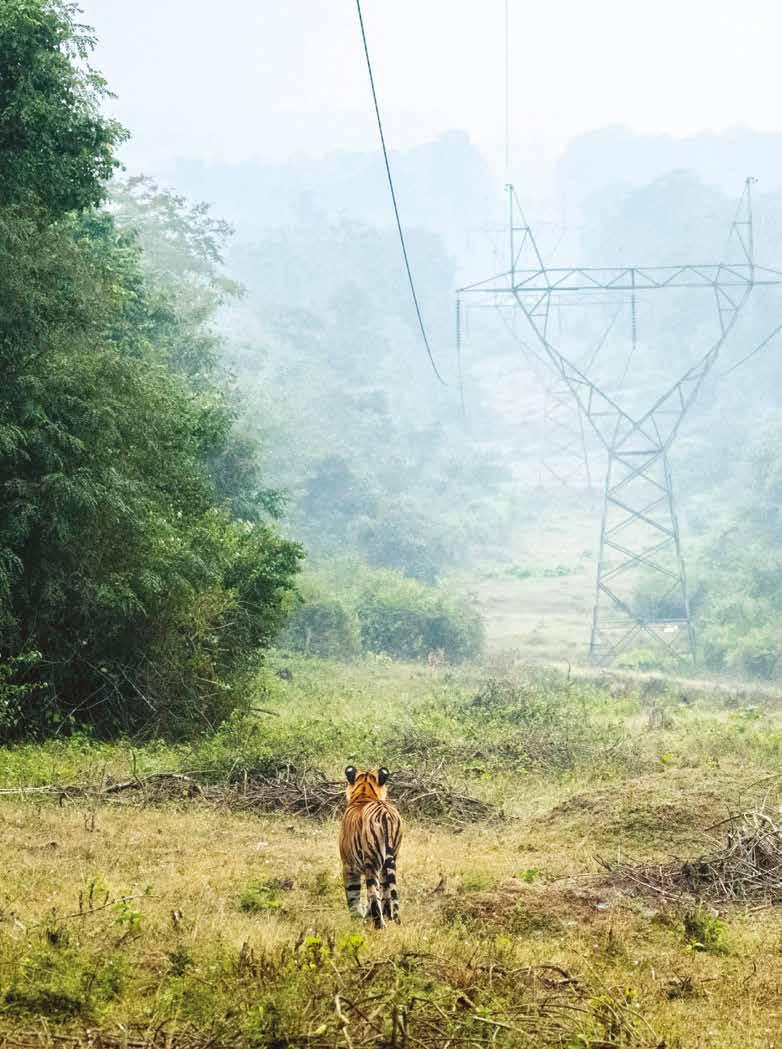
KEEPING HABITAT CONNECTED
Wild tigers occupy just 5% of their historic range and areas occupied by tigers are becoming increasingly fragmented. When habitat connectivity is lost tigers become isolated in smaller populations, increasing exposure to hunters, conflict with people, while also impacting their genetic diversity.
Tiger corridors are recognised as vital to a longterm landscape strategy but are also the most fragile components, exposed to acute and chronic threats such as linear infrastructure and human wildlife conflict. One of the key challenges is to develop a set of tools that help to understand landscape connectivity, identify and protect critical corridors, and monitor their functionality.
Pylons running through Kabini Tiger Reserve, India
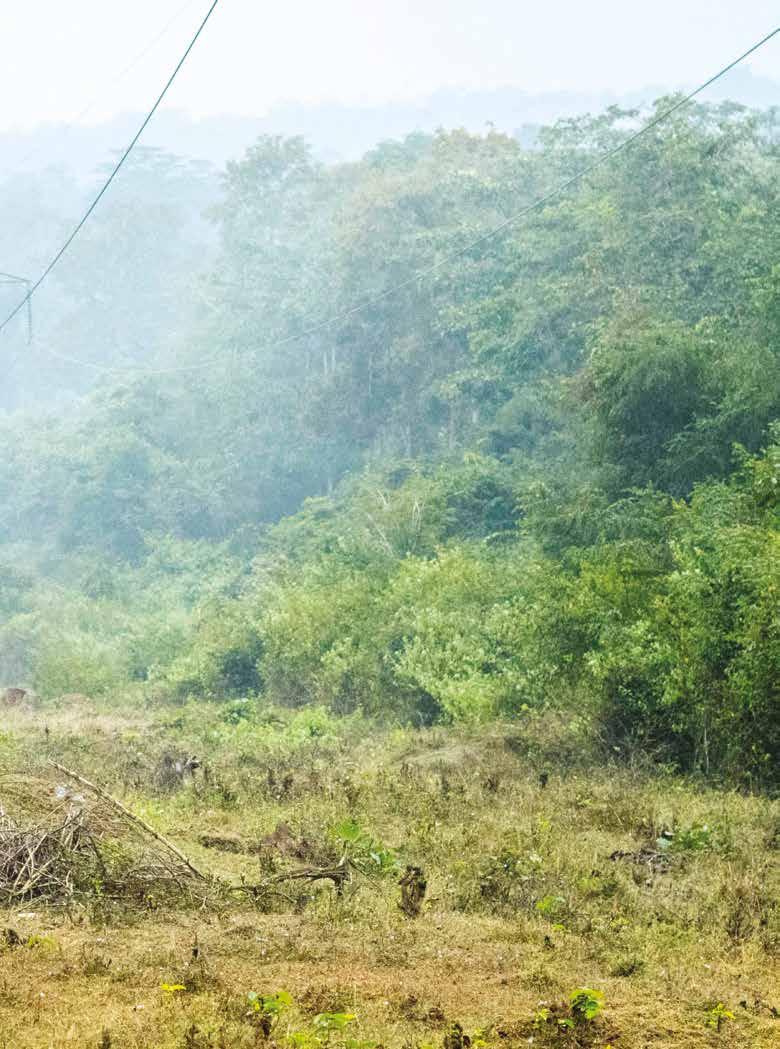
AWARDS CELEBRATE OUTSTANDING TIGER CONSERVATION
Pilibhit Tiger Reserve in India, situated within the Terai Arc Landscape, won the inaugural TX2 Award in November 2020 for doubling its population of wild tigers since 2010. A second Conservation Excellence Award was also presented to a transboundary partnership between The Royal Manas National Park in Bhutan and Manas Tiger Reserve in India, known as the Transboundary Manas Conservation Area - two sites that have managed a rare highly successful transboundary partnership for tiger conservation. The CA|TS tool is being implemented across all three winning sites. The awards, which include a financial grant to assist ongoing conservation, were presented by CA|TS, IUCN, Global Tiger Forum, UNDP, The Lion’s Share, and WWF's Tigers Alive Initiative.
NEW THINKING ON HABITAT CONNECTIVITY

Habitat connectivity is key to enable the movement of tigers and other wildlife but findings from a WWF report released this year, Landscape Connectivity Science and Practice: Ways Forward for Large Ranging Species and Their Landscapes, shows the need for fundamental changes in current thinking and approaches. The WWF report shows there needs to be a shift away from linear “A to B” tiger corridors, to a broader focus on maintaining overall connectivity between tiger habitats, as well as through unused space, agricultural land or forestry concessions. It also highlighted the need to engage communities to ensure long term success.
©WWF-Bhutan
©Zhu Shibing Lesser Khingan Mountain Area, China

INDIA

TX2 Award Ceremony, Bhutan
GARHA CORRIDOR Habitat fragmentation is a major threat to tiger recovery in China and building corridors for tigers and other wildlife is an urgent conservation need. WWF-China’s “Tigers Need Corridors” campaign on social media reached 200 million people, calling on the government and conservationists to build corridors for tigers and other wildlife.
WWF and the Institute of Nature and Ecology of Heilongjiang Academy of Sciences surveyed tiger habitat and corridors in Lesser Khingan Mountain Range during 2020. Survey results showed that there are two to four tigers in the area and identified 11 corridors which provide a foundation to restore Amur tiger habitat in China. There are also exciting opportunities for tiger recovery within the Lesser Khingan Mountain Range due to connectivity with the newly established population of translocated tigers in adjacent areas of Russia.
NEW STRATEGY FOR THE GARHA CORRIDOR
The Garha Corridor in the Indian part of the Terai Arc Landscape is critical connectivity for Pilibhit Tiger Reserve. In 2020 WWFIndia jointly prepared a Corridor Conservation Strategy with the Uttar Pradesh Forest Department. WWF-India has been intensively monitoring this corridor since 2011 and results show it is being used by tigers, leopards, sloth bears and tiger prey species. Recommendations to secure the corridor include a declaration of an Eco-Sensitive Zone which involves working with local groups and government to regulate land-use change and reforest roughly 100 hectares with the community’s involvement.
LOOKING FOR A CONNECTION IN SOUTHERN SUMATRA
Since 2020, WWF-Indonesia has shifted their focus to work outside conservation areas under the Ministry of Environment and Forestry's authority, which is identified as potential tiger habitat. WWF-Indonesia also expanded its network and facilitated more partners such as local government, corporations, and communities, to be involved in tiger protection efforts.
The Forest Management Unit in Kaur, Bengkulu Province, conducted a preliminary study on tiger movements and potential connectivity in Bukit Barisan Selatan National Park and Bukit Balai Rejang Selatan. WWF provided capacity building for the staff. An occupancy survey has also been carried out by Kaur's Forest Management Unit, which found evidence of tigers in the area. It also found that the area faces connectivity threats due to road construction, which will potentially increase the risk of wildlife roadkill and increase access for poachers. The findings provide insights for authorities to improve management and protection of potential wildlife crossing areas.
WWF has also engaged communities in six villages in Muara Saung and Nasal Sub District in Bengkulu in order to secure wildlife in the buffer zone area of Kaur by providing technical assistance in livelihood, microfinance, and strengthening local community participation in ecosystem-based village planning.
©James Morgan / WWF
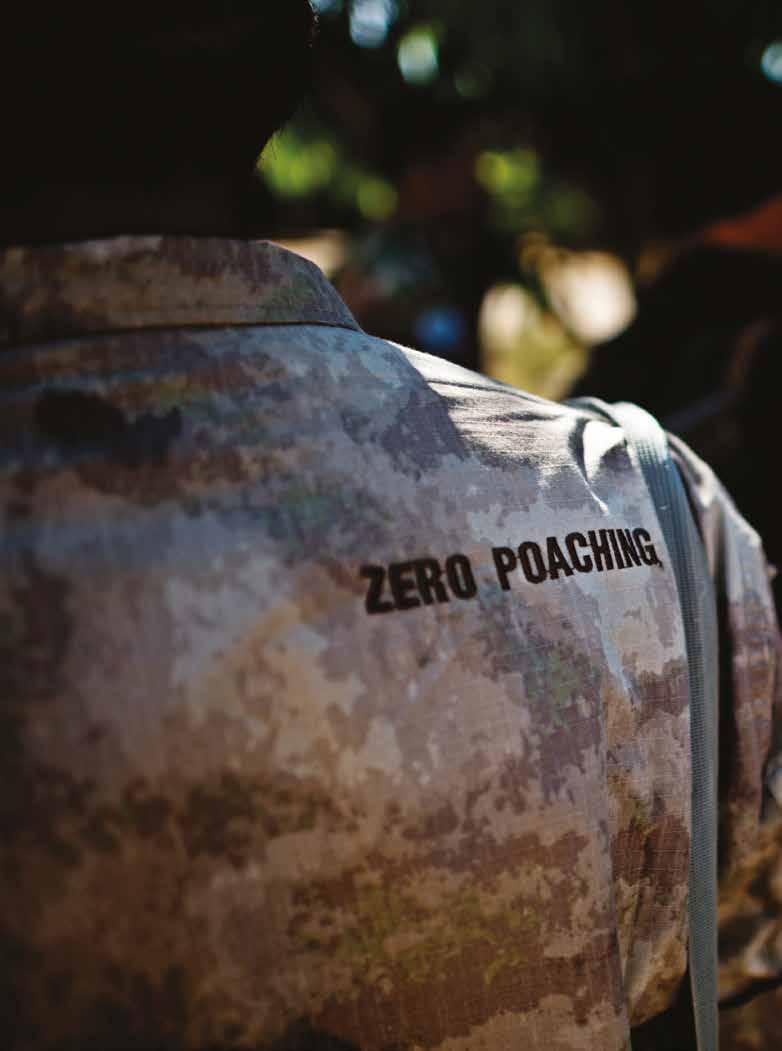
PROTECTION FROM POACHING
Poaching is one of the biggest threats to tigers, both in and outside of protected areas. Rangers have an integral and indispensable role in protecting tigers, their prey as well as the people who share their habitats. WWF continued the implementation of SMART (Spatial Monitoring and Reporting Tool) across key tiger habitats in 2020. There are currently 67 sites in 10 tiger range countries where WWF works using SMART. In addition there are also 14 SMART Connect Sites in tiger range countries that use real-time monitoring technology. The predictive patrol planning plug-in uses artificial intelligence to predict poaching hotspots which helps to allocate limited resources to the right areas. This plug-in has been fully integrated with SMART and is currently being field tested across tiger landscapes in Bhutan, Cambodia and Malaysia.
In 2020 WWF supported the publication of eight white papers which delivered the first comprehensive analysis of rangers and the challenges they face. The recommendations from these white papers will be crucial to inform positive change and lobby governments.
WWF has continued its support towards the institutionalisation of ranger training in tiger range countries to ensure sustainability. In 2020, WWF worked on a project supporting the eight key training colleges in India and the only ranger training institution in Bhutan. The project will develop the curriculum to address the current needs of frontline staff, strengthen trainer capacity and streamline the current training. A similar project is also initiated in Myanmar. However the restrictions of the COVID-19 pandemic have slowed progress.
Snares are the biggest threat to Southeast Asia’s terrestrial wildlife, including tiger and tiger prey, with an estimated 12 million snares within protected areas in Cambodia, Lao PDR, and Viet Nam. This was one of the startling conclusions from the report Silence of the Snares: Southeast Asia’s Snaring Crisis. Supported by WWF's Tigers Alive Initiative, WWF-Singapore, and WWF-Greater Mekong, the report also warned that snares are decimating wildlife and increasing the risk of zoonotic disease transmission to humans.
To tackle the snaring crisis governments and civil society need to look beyond simple patrols removing snares and push for legislative reform more effectively banning snares while also delivering targeted evidence based demand reduction for wildlife meat consumption. Since launching the report dialogues have begun with governments in Cambodia, Viet Nam, and Myanmar on some of the legislative changes required. WWF's Tigers Alive Initiative is now developing a new report that will look further into how snaring is directly impacting tigers and other Big Cat species across Asia.
©Ranjan Ramchandani / WWF











